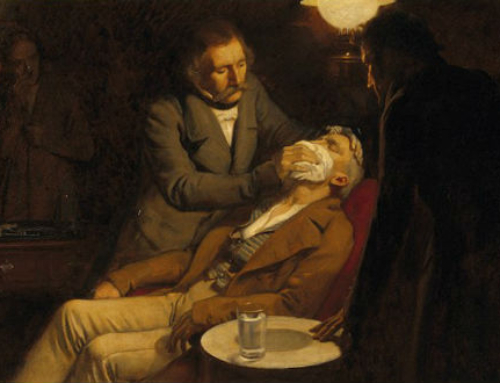The Irish writer and artist James Joyce, best known for his landmark novel Ulysses, discovered the virtues of failure during the early years of his career as a writer. It started in 1904 with an essay about his own development as an artist and writer called Portrait of an artist. He submitted it publication but it was rejected again and again. After this initial disappointment he started on a new novel. After writing 900 pages he decided that it was too conventional and destroyed most of the manuscript. He started all over again and spent ten years writing a novel which he finally called A Portrait of the Artist as a Young Man. When he published the complete version in 1916, he was hailed as one of the most promising new writers in the English language. Joyce expresses the lessons he learned in a marvellous way with his quotation ‘A man’s errors are his portals of discovery’. And it was not by chance that Joyce’s friend, fellow-writer and poet Samuel Beckett described just another wonderful self-learned lesson on failure: ‘To be an artist is to fail, as no other dare fail… Try again. Fail again. Fail better.’ These lessons of life from early 20th century creative professionals seem to be universal and very topical in our turbulent times. Our global connected world and its new technologies make creative expression accessible for hundreds of millions of people. There are more than 100 million blogs today, with 120,000 new ones being created every 24 hours. With low-cost cameras, editing software and websites like You Tube, Facebook and E-bay, everyone can create, buzz, market and sell their creations. More people than ever can participate, share, collaborate and create. On the one hand, our global connectedness makes it easier to explore uncommon ground and find new inspiration for our creative expressions. But on the other hand, it might take some extra effort to really stand out from the crowd and create something new and meaningful. If it’s your ambition to go beyond the conventional, you might need to experiment more, take more creative risks and make more failures than ever.


